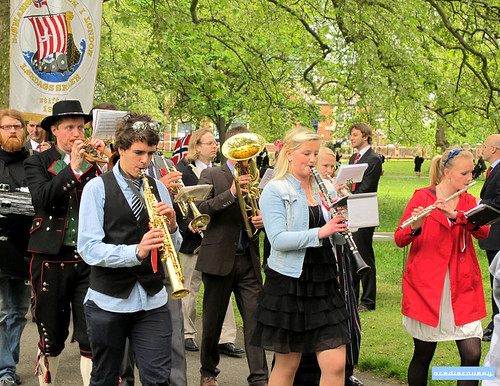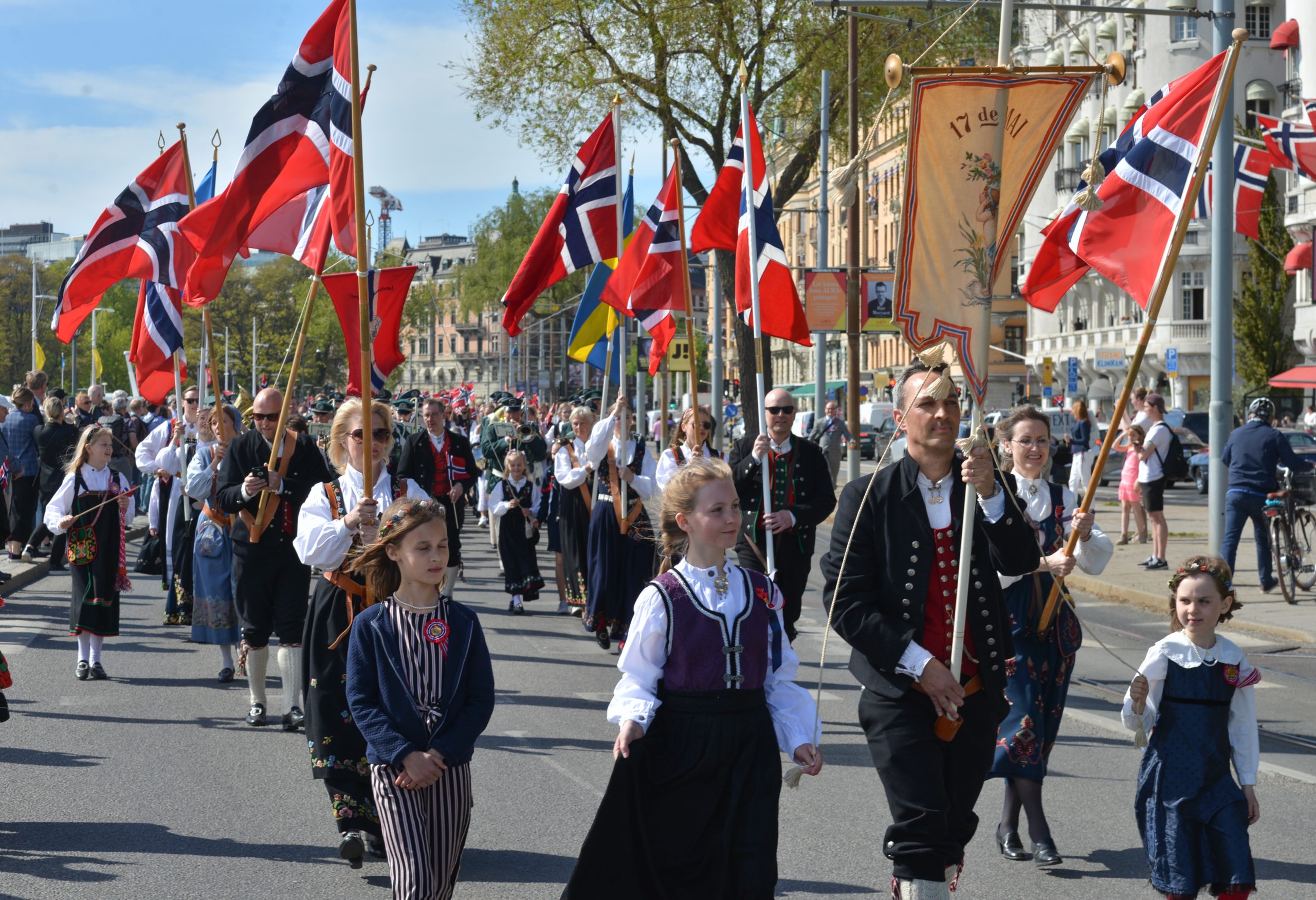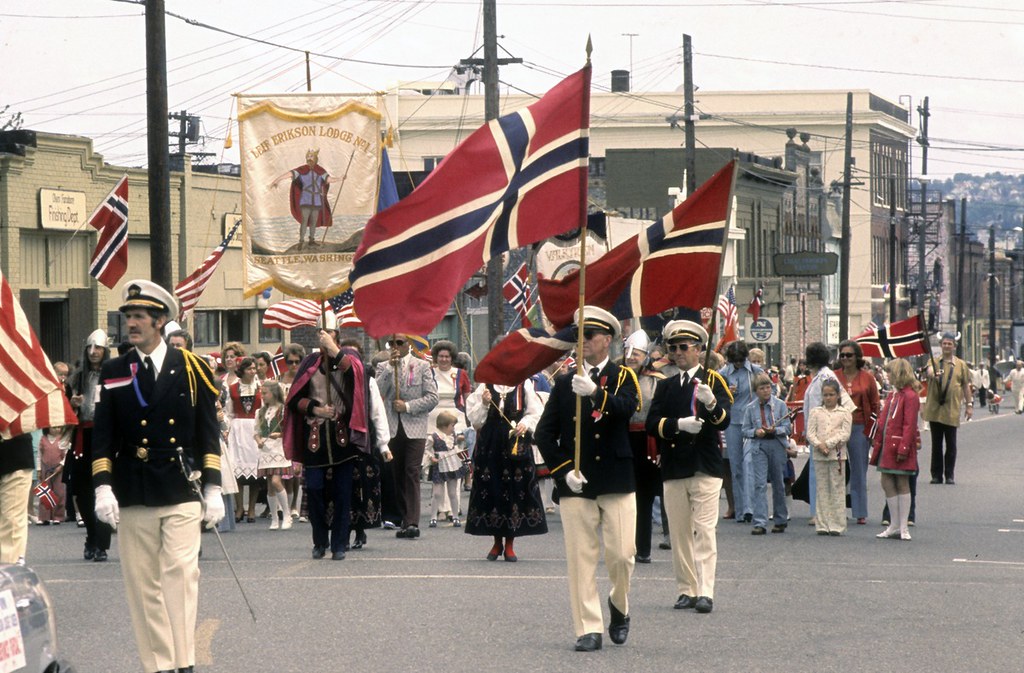Norwegian Constitution Day, or Syttende Mai, is a national holiday that celebrates the signing of the Norwegian Constitution on May 17, 1814. It is a significant day in Norwegian history and culture, and is celebrated with parades, flag-waving, traditional dress, and festive activities throughout the country. In this article, we will explore the origins and significance of Norwegian Constitution Day, as well as its cultural and social impact on modern-day Norway.
Origins of Norwegian Constitution Day
The signing of the Norwegian Constitution on May 17, 1814 marked a significant moment in Norwegian history. It followed a period of turmoil in which Denmark-Norway, of which Norway was a part, had been occupied by Napoleon’s forces. After Napoleon’s defeat, Norway was returned to Denmark, but the Norwegian people were dissatisfied with this arrangement and sought greater autonomy. In 1814, a national assembly was convened in Eidsvoll to draft a new constitution for Norway. The constitution was signed on May 17, 1814, and it established Norway as an independent constitutional monarchy.

Celebrating Norwegian Constitution Day
Norwegian Constitution Day is celebrated throughout the country with a range of festive activities. The day typically begins with the raising of the Norwegian flag, followed by a church service and speeches by political leaders and other prominent figures. The main event of the day is the children’s parade, or barnetog, in which school children march through the streets carrying Norwegian flags, singing patriotic songs, and playing musical instruments. The parade is often accompanied by marching bands and floats representing different regions of Norway.
The Significance of Norwegian Constitution Day
Norwegian Constitution Day is significant as it celebrates the country’s independence, democracy, national unity, and cultural heritage. It is a day when Norwegians come together to honor their shared history and values. The traditional dress, or bunad, worn on Norwegian Constitution Day varies according to the region and the individual’s family history. It is an important symbol of Norwegian identity and reflects the country’s rich cultural heritage.

Social and Cultural Impact of Norwegian Constitution Day
Norwegian Constitution Day has a significant social and cultural impact on modern-day Norway. It is a day when Norwegians of all ages and backgrounds come together to celebrate their national identity and heritage. The children’s parade, in particular, is an important tradition that reinforces the values of community, cooperation, and patriotism. The traditional dress worn on Norwegian Constitution Day is also an important symbol of cultural identity and heritage. It reflects Norway’s rich history and diversity, and serves as a reminder of the importance of preserving and celebrating cultural traditions.
Conclusion
Norwegian Constitution Day is a significant national holiday that celebrates Norway’s independence, democracy, national unity, and cultural heritage. It is celebrated throughout the country with parades, flag-waving, traditional dress, and festive activities. Norwegian Constitution Day has a significant social and cultural impact on modern-day Norway, reinforcing the values of community, cooperation, and patriotism, and serving as a reminder of the importance of preserving and celebrating cultural traditions.

FAQ
Q: What is Norwegian Constitution Day?
A: Norwegian Constitution Day, or Syttende Mai, is the national day of Norway that commemorates the signing of the Norwegian Constitution on May 17, 1814.
Q: What is the significance of Norwegian Constitution Day?
A: Norwegian Constitution Day is significant as it celebrates the country’s independence, democracy, national unity, and cultural heritage. It is a day when Norwegians come together to honor their shared history and values.
Q: How is Norwegian Constitution Day celebrated?
A: Norwegian Constitution Day is celebrated with parades, flag-waving, traditional dress, and festive activities throughout the country. The day typically begins with the raising of the Norwegian flag, followed by a church service and speeches by political leaders and other prominent figures. The main event of the day is the children’s parade, or barnetog, in which school children march through the streets carrying Norwegian flags, singing patriotic songs, and playing musical instruments.
Q: What is the meaning of the traditional dress worn on Norwegian Constitution Day?
A: The traditional dress, or bunad, worn on Norwegian Constitution Day varies according to the region and the individual’s family history. It is an important symbol of Norwegian identity and reflects the country’s rich cultural heritage.
Q: Is Norwegian Constitution Day celebrated outside of Norway?
A: Yes, Norwegian Constitution Day is celebrated by Norwegians living abroad in cities around the world. It is an important day for them to gather and celebrate their national identity and cultural heritage.
Q: What foods are traditionally eaten on Norwegian Constitution Day?
A: Typical foods eaten on Norwegian Constitution Day include hot dogs, ice cream, and a traditional cake called bløtkake. The exact menu may vary depending on the region and the individual’s family traditions.
Read also: Celebrating Norwegian Constitution Day: Reflecting on National Unity and Democracy
Read in Bengali: Samoyiki
Citations
- “Syttende mai.” Store norske leksikon. (https://snl.no/Syttende_mai)
- “Norwegian Constitution Day.” The Norwegian Embassy in the United States. (https://www.norway.no/en/usa/norway-usa/norwegian-culture/constitution-day/)
- “17 May: Norwegian National Day.” Visit Norway. (https://www.visitnorway.com/plan-your-trip/travel-tips-a-z/national-day/)
- “17 May: The Norwegian Constitution Day.” Royal Norwegian Embassy in London. (https://www.norway.no/en/uk/norway-uk/news-and-events/norwaynews/17-may-the-norwegian-constitution-day/)


